Archaeological Invention
| Evidence | Remarks |
|---|---|
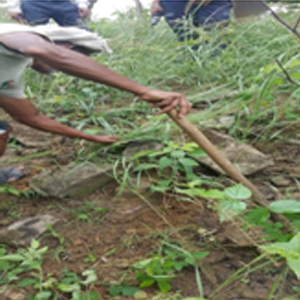 |
Tail end of the defenses found at Lohgarh reserve forest. This place is adjacent to popularly known as Sitaragarh. Geographically this area is situated on the bank of a small rivulet which originates from a hill top in sector 27 of Lohgarh fort and falls in Lohgarh khol. |
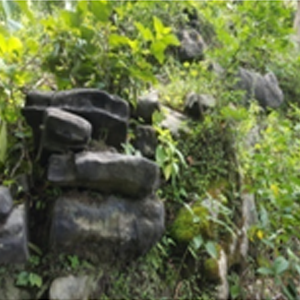 |
Remains of defense wall found Pahlori Reserve Forest . Location of these Archeological Evidences are located in North east side of fort Lohgarh. The back side of this area is a dense jungle , which now declared as Sher Jung National Park. We can make a walk out of 10 km through jungle from these archeological evidences towards northeast direction to reach Poanta Sahib . In centre we find a place Sukhchain Singh Tanda, where also we find Archeological evidences. |
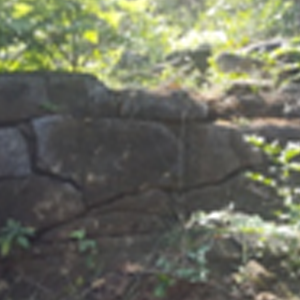 |
Remnants of stone barricades found in of Palori reserve forest. This area is in the South east part of the fort Lohgarh and situated on the attacking site of the fort. Geographically this area is situated between the Bholi Nadi and a pass leading to Mohidinpur village of Haryana. |
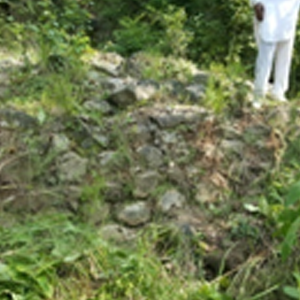 |
Dregs of parapets found in sector 12 of Lohgarh fort. This area is of strategic importance as it a situated near the fore front of the fort. The thickness of the wall is about 3 to 4 meters. It is a masonry built of stones in regularly in shape as quarried or squared and hammer dressed and having comparatively thick joints and lime motor having brick surkhi has been used as binding material. |
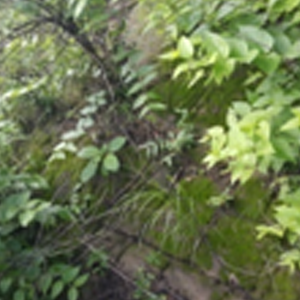 |
Foundation of bastion found at in sector 30 of Lohgarh fort presently there are only two layers of stone left on the present archeological site. Rest of the structure was demolished by the Mughals. It can be safely presumed that there is continues erosion of soil due to rains in the area and these erosions has uncovered the foundation of the bastions after 300 years. This bastions is having the area of 50X50 ft. |
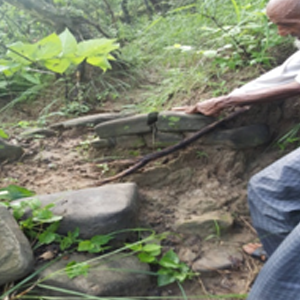 |
Blockage of strong hold found in the revenue state of village Nagli and the chowkidar of village Nagli showing the archeological evidences of the fort Lohgarh. Stone masonry work had been done over here with no lime motor the contour of the said area is at hillock and for enemy this rampart was a major huddle to reach the camping area of the Sikh soldier. From this point few Sikh soldiers were able to defend large Mughal army. |
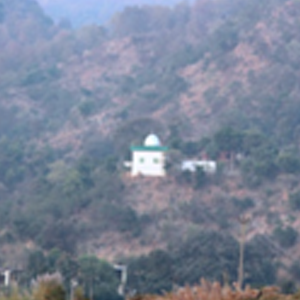 |
Sudha Peer has been installed over the fortification of Lohgarh fort in the revenues state of village Thaska. These kind of structures were raised by Naqshbandis to have supervision over the area, so that the Sikh soldiers after demolishing of the fort Lohgarh shall not try to reconstruct the fortification. |
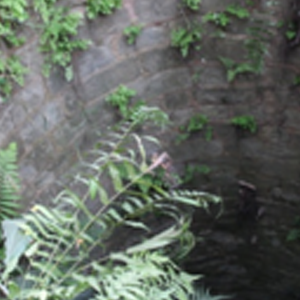 |
A well constructed by Bhai Lakhi Rai Banjara at the revenue state of village Vansantoor, for one of the 52 bastions constructed by the Sikhs to face the aggression of the Mughal army. This well is made of Ashlar , stone masonry using dressed blocks of given dimensions having faces perpendicular to each other and laid in the courses by using lime motor as the binding material. |
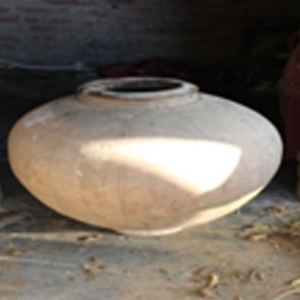 |
Large pots are traced in the vicinity of fort Lohgarh. These large jars were used by the Sikh soldiers for the storage of food grains. These utensils were very useful during the time of battle of Lohgarh in 1710 to 1716. The prolonged battle was fought by the Sikhs with the help of these kind of available facilities gathered long back in anticipation of big battle. |
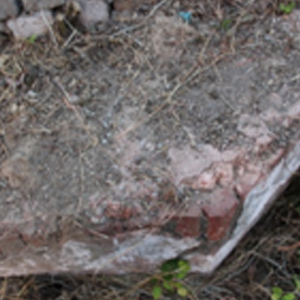 |
A well constructed by Bhai Lakhi Rai Banjara found near Bhagwanpur village, it is made of Nanak Shahi bricks and lime motor having intensive use of brick Surkhi has been used as the binding material. This place is quiet near to Lohgarh fort. Adjacent to this area the remnants of the weapon factory of the Sikhs are found. |
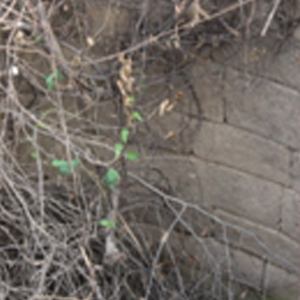 |
A well constructed by Bhai Lakhi Rai Banjara at the revenue estate of village Bansewala, for one of the 52 bastions constructed by the Sikhs to face the aggression of the Mughal army. This well is made of Ashlar , stone masonry using dressed blocks of given dimensions having faces perpendicular to each other and laid in the courses by using lime motor as the binding material. Large quantity of poetry and bricks are found in 10 acres around the well. |
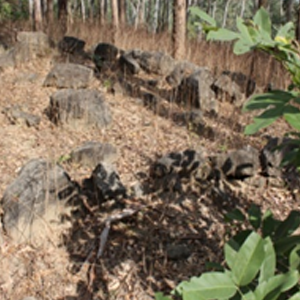 |
Heavy fortification walls bearing thickness from 5 to 6 meter are found in sector 12 of Lohgarh fort. This area is on the bank of Lohgarh khol and was quiet venerable to the Mughal attack in 1710. This area is just flat from the front side and having a big camping ground and back side this area get elevated and narrow, having steep side and two khols touching both the sides flows and falls in the Lohgarh Khol. This area becomes a vintage point for the Sikh soldiers and also acted as a supply depot for the Sikh soldiers fighting in the front against the Mughal army. The tail of this fortification touches the sector C-4 of Haripur reserve forest and was a very safe and invincible fortification done by the Sikh army. |
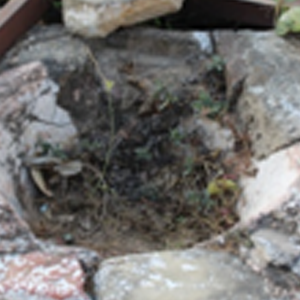 |
A well constructed by Bhai Lakhi Rai Banjara at the revenue estate of village Thaska, for the bastions constructed by the Sikhs on the hill top face the aggression of the Mughal army. This well is made of Ashlar , stone masonry using dressed blocks of given dimensions having faces perpendicular to each other and laid in the courses by using lime motor as the binding material. There is a beautifully designed concrete vessel keeper on the sides of the well. |
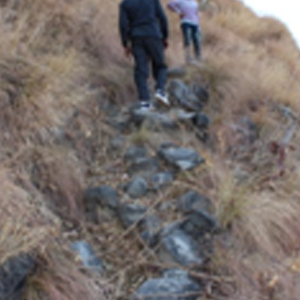 |
Remnants of ramp and strong hold leading to the hillock of reserve forest of Jhanda village of Haryana. After making the archeological survey of the area dual fortification of the hills can be seen and from here the long view of the plains/ the battle field of the Lohgarh and some of the 52 bastions of fort Lohgarh was easily available. The seizer of this area was not possible as there are steep hills and adjoining to this hills the river Markanda flows. Moreover the supplies to the Sikh army was made from the back side of the fort, which is adjacent to Nahan. |
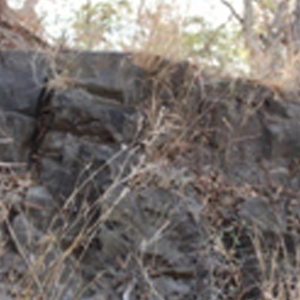 |
Remnants of stone barricades found revenue state of Nanhari reserve forest. This area is in the South east part of the fort Lohgarh and situated on the attacking site of the fort. Geographically this area is situated on the between the khols and a pass leading to Jafarpur Jafri village of Haryana. |
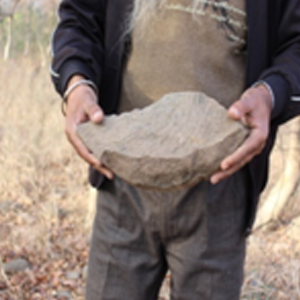 |
Archeological evidences are found in the reserve forest in Kotla. The trustee of Lohgarh trust during the survey of the area at the hillock of Kotla and the adjacent area of Himachal Pradesh found heavy fortification of the hills and the parts of Chakki, were also found, which shows that the kitchen of the Sikh soldiers was on the high contours, so that the food supplies and other basic amenities remain a way from the control of the Mughals. |
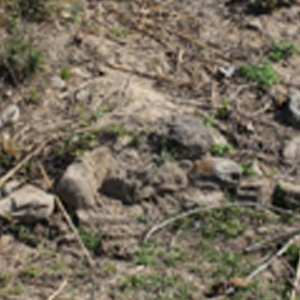 |
In the revenue state of Sangholi, on the higher contours and random rubble masonry fortification is found with uncaused stones of different sizes and shapes brought from the quarry of bed of rivulet flowing adjacent to the area. Lime motor and Surkhi was used as the binding material. This area has multi fortification system as it was on the fore front of the fort and was venerable to aggression of Mughal canons. |
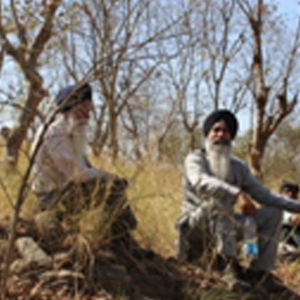 |
Historian S. Harjinder Singh Dilgeer along with S. Jarnail Singh during his visit to Lohgarh, inspected a bastion and a watch tower in sector 16 of Lohgarh fort. Foundation of bastion found at in sector 16 of Lohgarh fort presently there are only two layers of stone left on the present archeological site. Rest of the structure was demolished by the Mughals. It can be safely presumed that there is continues erosion of soil due to rains in the area and these erosions has uncovered the foundation of the bastions. This bastions is having the area of 50X50 ft. |
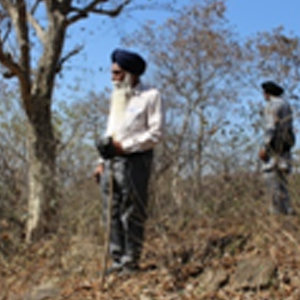 |
Historian S. Harjinder Singh Dilgeer along with S. Jarnail Singh during his visit to Lohgarh, making inspection of archeological evidences sector C-2 of Lohgarh fort, this sector his about 10 k.m. deep inside the fort and this quiet far away from the fore front of the fort. The supply depot of the Sikh army has been found over here. |
 |
Remnants of the fortification walls found in sector C-7 of Lohgarh fort. It was highly protected sector and was just in middle of the fort. |
 |
Dregs of parapets found in sector 17 of Lohgarh fort. This area is of strategic importance as it a situated near the fore front of the fort. The thickness of the wall is about 3 to 4 meters. It is a masonry built of stones in regularly in shape as quarried or squared and hammer dressed and having comparatively thick joints and lime motor having brick surkhi has been used. |
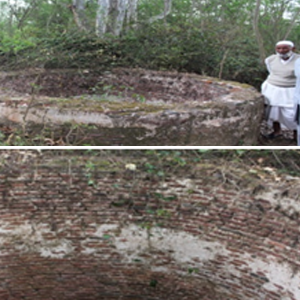 |
As the name suggest Garhi Viran, which means that a fortress which is lying abundant, a well made of Nanak Sahi bricks and lime motor has been found here. This place was reserve for one of the 52 bastions of Lohgarh fort and the fortress was destroyed by Mughals after 1716. However the well was not destroyed as the well was considered to be Khwaja-a place of religious importance for the Muslims. After making survey of the area it was found that large number of Nanak Sahi bricks and poetry his found in the revenue state of Garhi Banjara. It is worthwhile to mention here that presently there is no inhabitation in the revenue state and the archeological evidences are found in the reserve forest. |
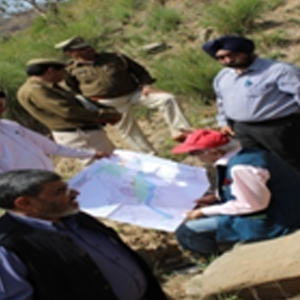 |
Mr. S.K. Mishra, Chairman of Indian Rural Heritage and Development Trust , New Delhi for the survey of fort Lohgarh along with his team. |
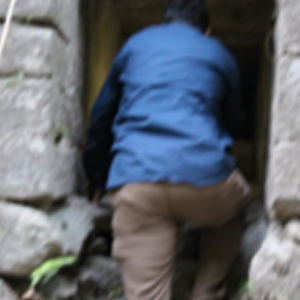 |
Secret route from one hillock to another hillock has been found in fort Lohgarh. The cave is constructed is made of Ashlar , stone masonry using dressed blocks of given dimensions having faces perpendicular to each other and laid in the courses by using lime motor as the binding material. |
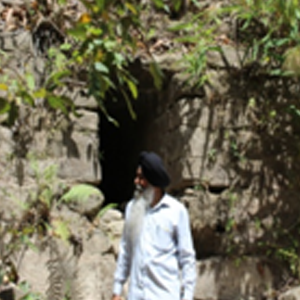 |
Secret rule from one hillock to another hillock has been found in fort Lohgarh. The cave is constructed is made of Ashlar , stone masonry using dressed blocks of given dimensions having faces perpendicular to each other and laid in the courses by using lime motor as the binding material. |
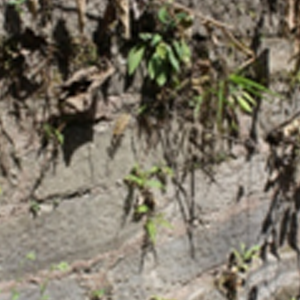 |
Fortification wall found in fort Lohgarh, this wall is made of Ashlar , stone masonry using dressed blocks of given dimensions having faces perpendicular to each other and laid in the courses by using lime motor as the binding material and the thickness of the wall is 3 to 4 meter. The masonry and the workmanship of the wall is wonderful. |
 Every stone has been cut to the required size and shape and chisel dressed on all the beds and the joints so as to be free from any waviness and to give perfect vertical, horizontal, circular, joints with adjoining stones. The dress surface is more than 30mm from is circular edge placed on it. The face gauged, cut, chamfered, grooved, rebated sunk or plain moulded and fine tooled as shown in the working design and pictures. The joints are 6mm from the face and are finely tooled so that straight edge laid along it is in contact with every point. It has a fine surface which can only to given stone with chisel. The structure is made of concrete, lime, boulders and bricks. It is strong hold building as it was in the fore front of the fort, facing the Mughal attack. The structure signifies that this building is a fine example of Sikh architecture. Bhai Lakhi Rai Banjara had a battery of good Sikh architects and the masons involved in the construction of fort Lohgarh who were also expert in their work. The school of knowledge started by 2nd Guru Anged Dev Ji at Khadur Sahib, not only provided good knowledge to the Sikhs but also motivated the coming generations to become scholars in every field of worldly education.
Every stone has been cut to the required size and shape and chisel dressed on all the beds and the joints so as to be free from any waviness and to give perfect vertical, horizontal, circular, joints with adjoining stones. The dress surface is more than 30mm from is circular edge placed on it. The face gauged, cut, chamfered, grooved, rebated sunk or plain moulded and fine tooled as shown in the working design and pictures. The joints are 6mm from the face and are finely tooled so that straight edge laid along it is in contact with every point. It has a fine surface which can only to given stone with chisel. The structure is made of concrete, lime, boulders and bricks. It is strong hold building as it was in the fore front of the fort, facing the Mughal attack. The structure signifies that this building is a fine example of Sikh architecture. Bhai Lakhi Rai Banjara had a battery of good Sikh architects and the masons involved in the construction of fort Lohgarh who were also expert in their work. The school of knowledge started by 2nd Guru Anged Dev Ji at Khadur Sahib, not only provided good knowledge to the Sikhs but also motivated the coming generations to become scholars in every field of worldly education.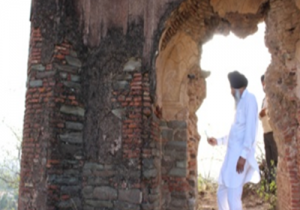 The Banjara Sikhs became expert in the trading field and also in raising of defense buildings, secretly and work for the humanity. The remnants of the such fine buildings in fort Lohgarh, shows the farsighted planning of Sikh Guru Sahiban.
The Banjara Sikhs became expert in the trading field and also in raising of defense buildings, secretly and work for the humanity. The remnants of the such fine buildings in fort Lohgarh, shows the farsighted planning of Sikh Guru Sahiban.


















